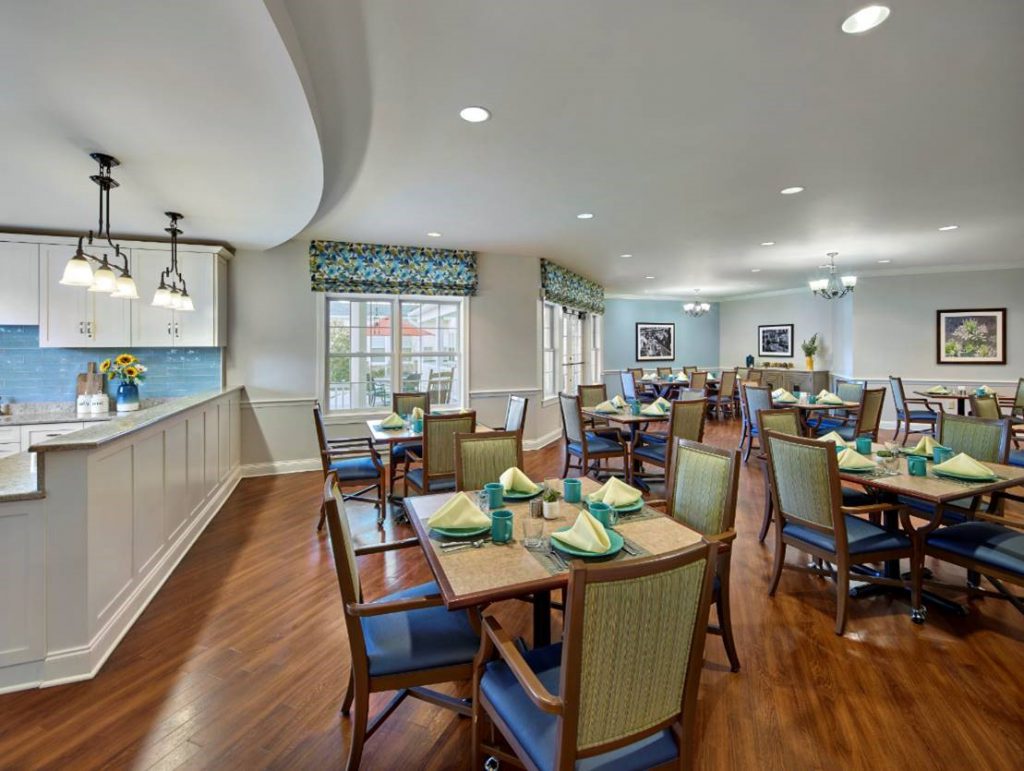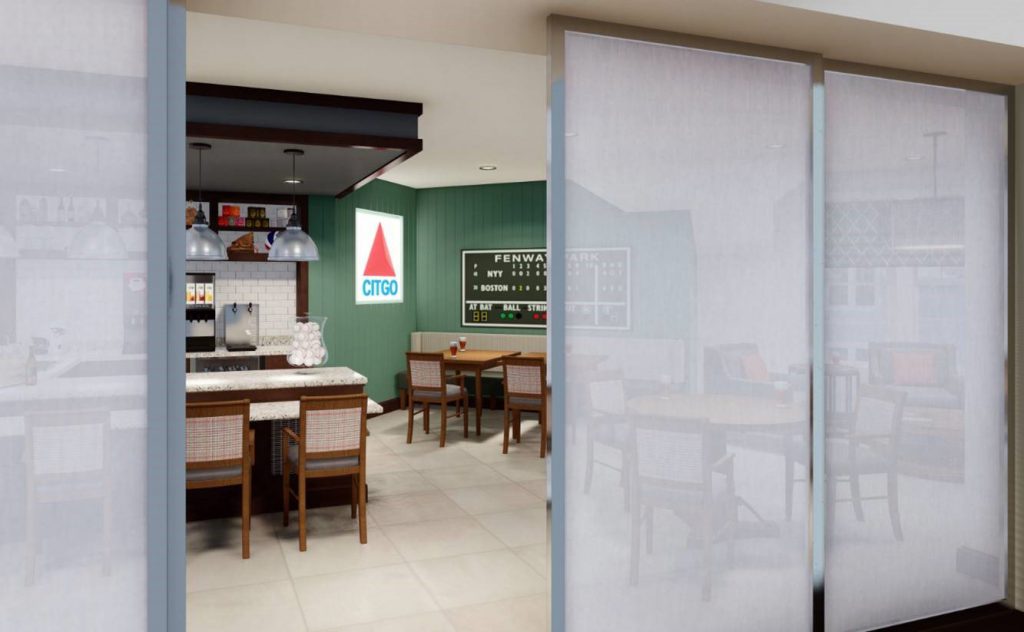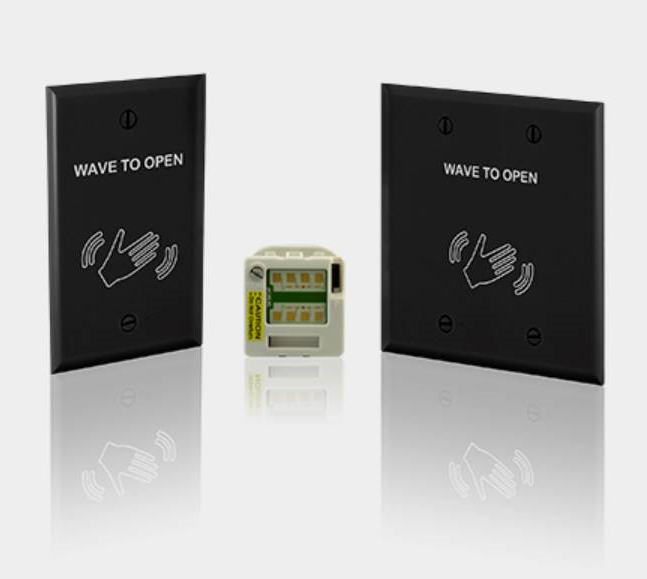Here at Meyer, the rapid spread of COVID-19 has caused us to reevaluate how we approach senior living design, and what it might mean to design for a world that will never be quite the same, especially in senior living communities across the country. The coronavirus pandemic has unleashed fundamental change throughout the world as everyone comes to terms with this new, unprecedented reality. As design professionals, Meyer’s Senior Living Studio has researched and explored how design will change and affect senior living communities in the immediate future and in the long term. Readiness Design is awareness, applications and tools for senior living developers, operators and owners to consider in order to combat the spread of COVID-19 or other potential outbreaks while maintaining a safer and healthier community.
Materials and Finishes
As the senior living industry continues to explore ways to make senior living environments safer, it is important to not overlook the materials and finishes that residents, staff and families touch and feel on a daily basis. The senior living industry has experienced an exciting and major shift over the past 15 years where senior living communities are moving closer to a hospitality and home-like model verses an institutional model. As we look to pivot our design decisions in a post pandemic world, designers in collaboration with senior living communities will need to find the balance between sterile environments/materials and maintaining an environment that residents and their families feel at home in while remaining safe. Below are examples of products and applications that designers and communities may consider using for a safer and cleaner community:



![]()
- Wipeable and naturally antibacterial surfaces for high use amenity spaces. Krion is a new generation of solid surface developed by PORCELANOSA. It is a material that is warm to the touch and similar to natural stone. Krion does not have any pores, which prevents the buildup of bacteria or fungi to grow, and is antibacterial without any type of additive and is easy to clean.
- Addition of flexible decorative glass or resin vertical dividers or barn doors between large spaces to create better ability for physical separation of space and multiple smaller group gatherings.
- Consider copper or brass hardware for high touch door and millwork handles. Studies have shown that other coronaviruses such as SARS and MERS have shorter life spans on copper surfaces. Recent design trends support this safety measure, as designers are opting for metal finishes with warm, brushed and mellow toned gold metals in combination with matte black metal finishes in lieu of all stainless steel or polished brass metals.
- Touchless and voice command fixtures and handles to help avoid high touch surfaces. Products such as Touchless not only provide protection against high touch mechanisms, but can also be senior friendly in mobility challenges.
- Wipeable seating arms such as wood-look metal or polymer for high traffic areas such as dining areas or activity rooms. The wood look metal or polymer allow for communities to keep a residential aesthetic with a wood grain as well as durability and cleanability.
- Consider textile products that are easily cleanable and durable against sanitizers being used to fight COVID and other illnesses. Manufacturers such as Architex provide information on what they call the Four Families of Healthcare cleaners and highlight the testing that their fabrics have gone through to maintain performance while being sanitized day after day. Other products such as Chilewich are versatile to be used on walls, floors and textiles on furnishings and are easily cleanable and provide a wide range of aesthetics.
- Microbicidal paint finishes such as Sherwin William Paint Shield. Paint Shield® continues to kill 90% of these bacteria even after repeated contamination on painted surfaces (Microbicidal does not protect against COVID). The effectiveness lasts for up to four years as long as the integrity of the surface is maintained.
Continue to Insight 5: Wellness >>
<< Return to Readiness Design Insights home
![]()